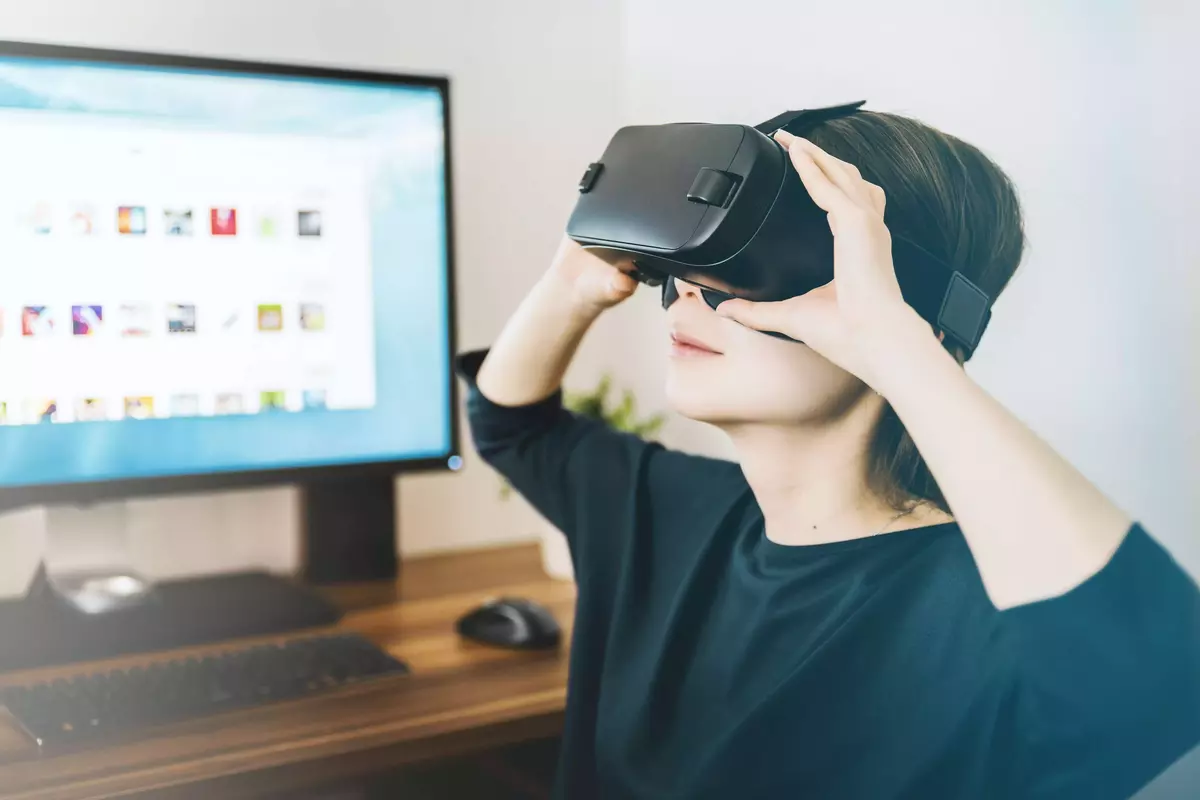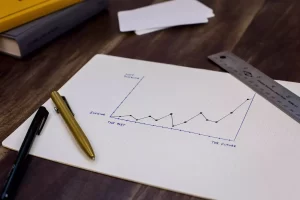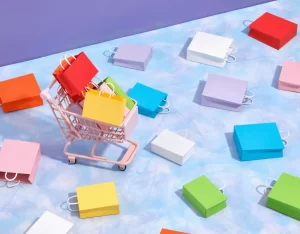Virtual Reality (VR) is an innovative technology that has rapidly evolved in recent years, bringing significant changes to various fields. One of the areas where VR has a significant impact is web design. This article focuses on the influence of VR technologies on web design and the creation of immersive 3D web environments. We will explore how VR is transforming the user experience and how web developers can successfully integrate VR elements into their websites to provide unique and engaging experiences.
VR and Web Design: An Overview
Virtual Reality (VR) is an innovative technology that allows users to enter virtual worlds completely different from their real environment, where they can actively and vividly interact with three-dimensional simulated environments. This technology has evolved continuously, from first-generation VR devices to smart glasses and advanced controllers. Its impact on web design is remarkable, as web developers begin to explore ways to integrate VR into their websites.
Creating Immersive Web Environments
One of the most captivating and innovative uses of Virtual Reality (VR) in web design involves developing web environments that offer an unforgettable immersive experience for users. These environments allow users to enter virtual worlds and explore content in an interactive and engaging manner. This approach adds a three-dimensional dimension to traditional websites, enabling developers to create deeper and more interactive experiences.
Key elements of an immersive web environment include:
- 3D Graphics: Using high-quality 3D graphics is essential to create realistic and appealing environments.
- Interaction: VR allows for more natural interactions, such as gestures and head movements, to control and explore content.
- Spatial Sound: Spatial sound adds realism and depth to the experience, allowing users to identify the sources of sound in the virtual environment.
- Intuitive Navigation: Developers must create intuitive and easy-to-navigate user interfaces in the 3D environment.
The Impact of VR on User Experience
The use of VR in web design radically transforms the user experience. Users are no longer limited to passive viewing of web content but can interact with it significantly. For example, a furniture sales website can allow users to visualize and customize furniture in a 3D space, providing an experience closer to what they would experience in a physical store.
Benefits of VR in Web Design
- Increased Engagement: VR captures and holds users’ attention longer than traditional websites due to the engaging experiences it offers.
- More Interaction: Users can actively explore products or content, which can improve conversions and engagement.
- Brand Differentiation: Websites that use VR stand out in the market and can provide a competitive advantage.
- Exploring Complex Content: VR can be used to present complex content, such as interactive 3D models of products or interactive maps.
Challenges and Considerations
However, there are challenges associated with integrating VR into web design:
- High Costs: Developing immersive web environments can be costly, including the purchase of the necessary VR equipment.
- Browser Compatibility: To make the VR experience available to a wider audience, compatibility with various web browsers is essential.
- Content Development: Creating high-quality VR content requires additional skills and resources for web developers.
- User Experience: VR can cause discomfort or motion sickness in some users, which needs to be considered in interface design.
Web design and virtual reality are two rapidly evolving technological fields, and their combination offers limitless possibilities for developing unique and engaging web experiences. Despite the associated challenges, VR adds a significant three-dimensional dimension to the web, transforming how we interact with online content. It is important for web developers to continue exploring this technology and creatively integrate it into their projects to provide users with unforgettable web experiences. By adapting to these evolving trends, the web design industry can continue to reinvent itself and deliver quality content in the era of virtual reality.
Follow us on social media:
Instagram: https://www.instagram.com/securemenow/
Facebook: https://www.facebook.com/securmenow
We offer Web Design and WEB AI services. Contact us







